Planting Bleeding Heart Seeds: When To Sow Bleeding Heart Seeds
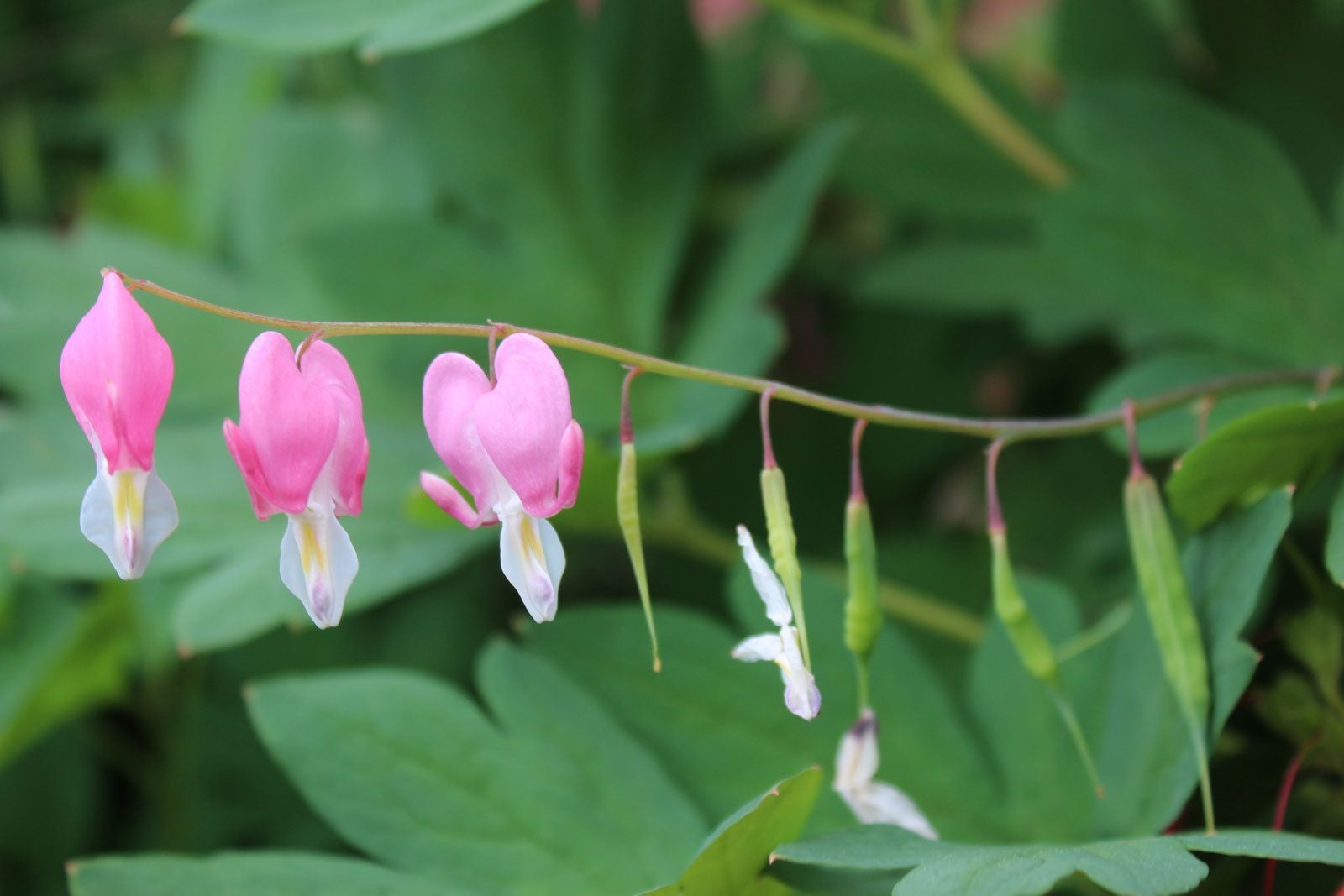

Bleeding heart is a classic shade plant that produces gorgeous flowers, and it can be propagated in several ways. Growing bleeding heart from seed is one way to do it, and although it takes more time and patience, you may find that starting with seeds is a rewarding process.
Can You Grow Bleeding Heart from Seeds?
There are several ways to propagate bleeding heart, including division, cuttings, separation, and seeds. Bleeding heart is not considered invasive because, although it is not native to North America, it does not self-seed very vigorously. Propagating or starting by seed can be done successfully, though, and may be the best choice because bleeding heart does not transplant well. It takes time for the seeds to germinate, but once they do, they will grow well in the right conditions.
When to Sow Bleeding Heart Seeds
It is best to sow bleeding heart seeds soon after harvesting them from the plant, which is done in late summer. This gives the seeds plenty of time to germinate and provides the cold period they need for several weeks. If you cannot sow your seeds right away, you can germinate them indoors and sow in spring. To do this, store the seeds in the freezer for several weeks for the cold period and then allow them several weeks to germinate in a moist medium at temperatures around 60 degrees F. (16 C.).
How to Grow Bleeding Heart from Seed
You can store and germinate your bleeding heart seeds as described above, but it is best if you can harvest and then sow the seeds right away in late summer or early fall. When planting bleeding heart seeds, make sure you find a spot in a partially shady location with well-draining soil. This plant does not grow well in soggy soil. Plant the seeds about a half inch (1 cm.) in the soil and keep the area moist until the first frost arrives. From that point on you need only wait on your seeds to develop and sprout. Be aware that you may not see blooms on your plant for the first couple years. Bleeding heart is a great choice for wooded gardens that have a lot of shade. Unfortunately, these pretty bushes do not always transplant well, but if you have the patience for it, you can successfully grow them from seeds.
Gardening tips, videos, info and more delivered right to your inbox!
Sign up for the Gardening Know How newsletter today and receive a free copy of our e-book "How to Grow Delicious Tomatoes".

Mary Ellen Ellis has been gardening for over 20 years. With degrees in Chemistry and Biology, Mary Ellen's specialties are flowers, native plants, and herbs.
-
 Looking For Plants To Give You The Soft And Fuzzies? Try These 5 Fuzzy Leaf Plant Options
Looking For Plants To Give You The Soft And Fuzzies? Try These 5 Fuzzy Leaf Plant OptionsLovers of texture, drama, silver foliage and tactile plants will adore these special sensory garden additions. These fuzzy leaf plant options will leave you all aglow
By Susan Albert
-
 Get Ready For A Summer Of Hummers! Grow These Full Sun Hummingbird Plants and Flowers
Get Ready For A Summer Of Hummers! Grow These Full Sun Hummingbird Plants and FlowersIf you’re lucky enough to enjoy a sunny backyard, make sure you are maxing out on your pollinator opportunities and grow these full sun hummingbird plants and flowers
By Tonya Barnett
-
 Houseplant Bleeding Heart Care – Growing A Bleeding Heart Plant Inside
Houseplant Bleeding Heart Care – Growing A Bleeding Heart Plant InsideIn order to be able to grow bleeding heart as a houseplant, it is important to know the conditions that this plant enjoys outdoors.
By Raffaele Di Lallo
-
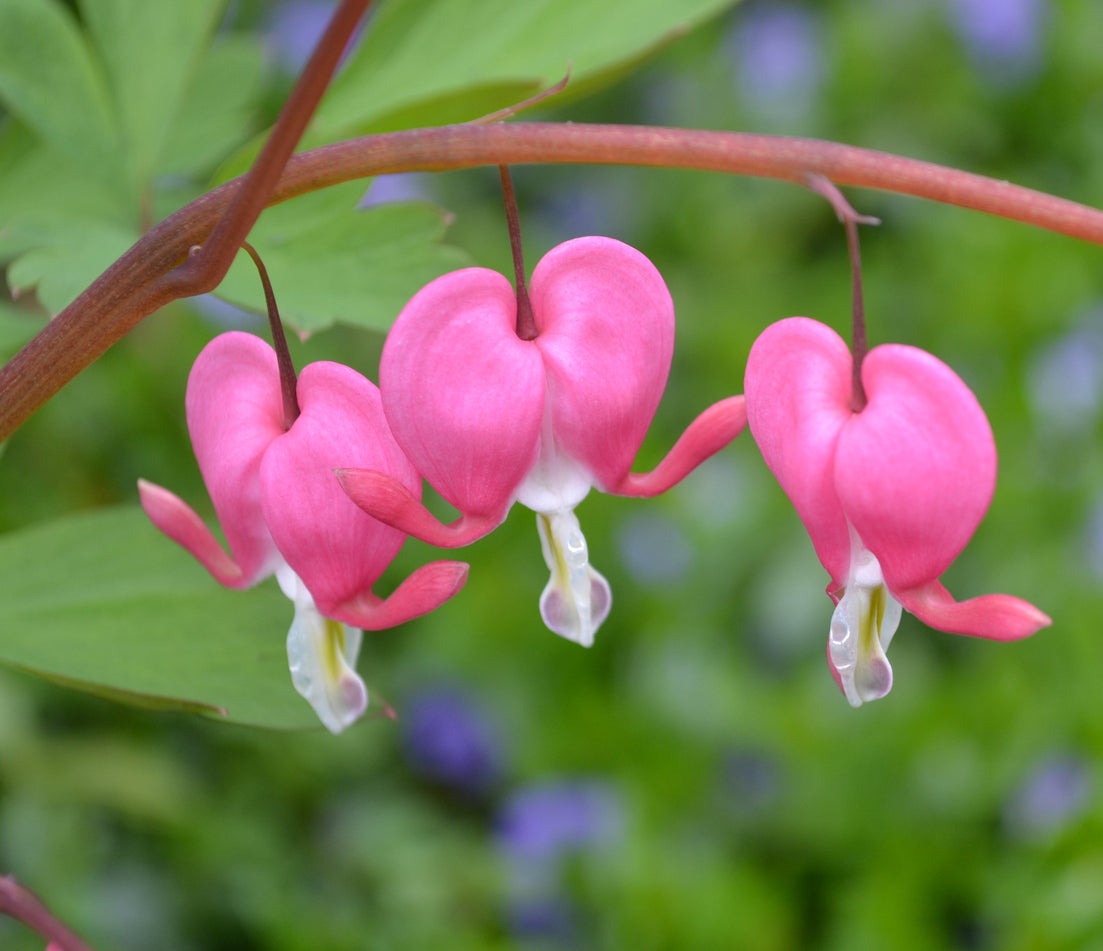 Bleeding Heart Color Change – Do Bleeding Heart Flowers Change Color
Bleeding Heart Color Change – Do Bleeding Heart Flowers Change ColorKnown for their lovely heart-shaped blooms, the most common color of which is pink, the gardener may find that a previously pink bleeding heart flower is changing color. Is that possible? Do bleeding heart flowers change color and, if so, why? Find out here.
By Amy Grant
-
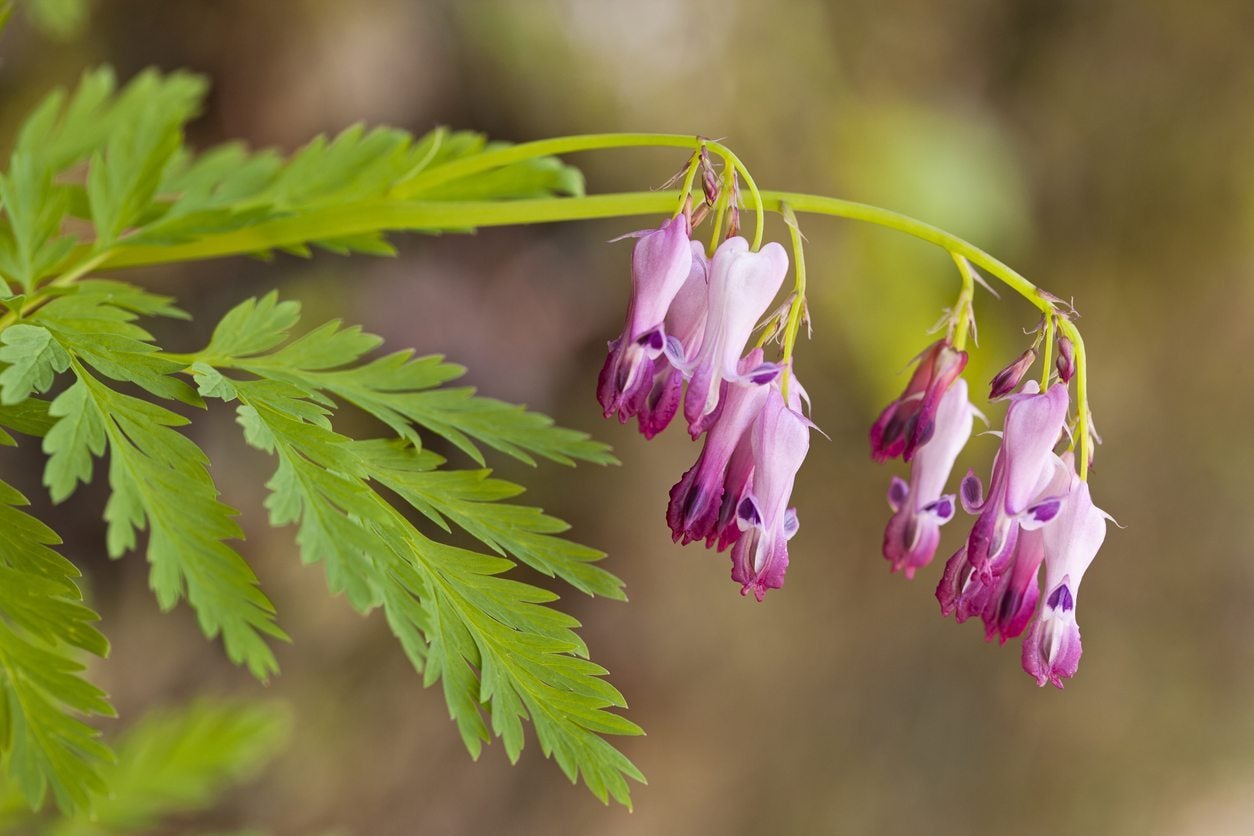 Caring For Bleeding Hearts: How To Grow A Fringed Bleeding Heart Plant
Caring For Bleeding Hearts: How To Grow A Fringed Bleeding Heart PlantWhile the old-fashioned Asian native bleeding heart (Dicentra spectabilis) is the most commonly used type in gardens, growing fringed bleeding heart varieties is gaining popularity. What is a fringed bleeding heart? Click here for more information.
By Darcy Larum
-
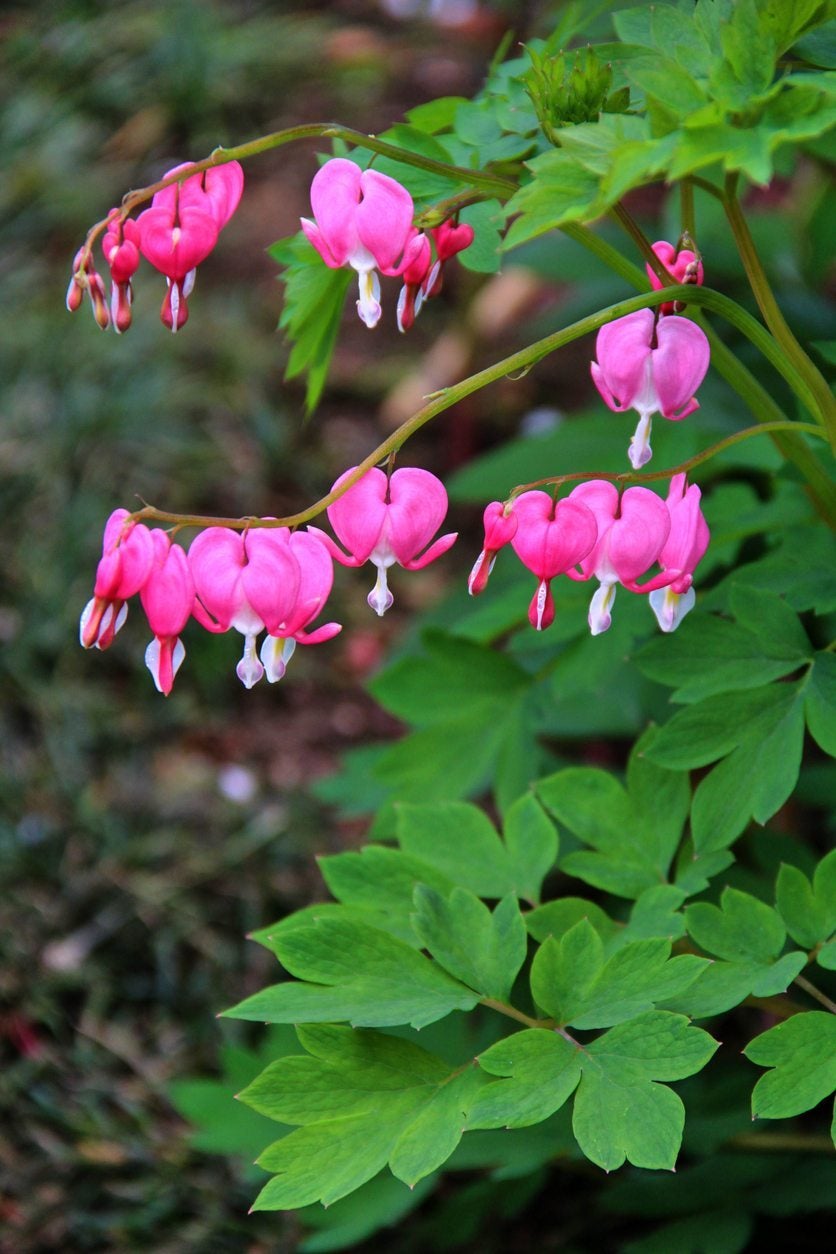 Bleeding Heart Pest Problems – Common Bugs That Eat Bleeding Heart Plants
Bleeding Heart Pest Problems – Common Bugs That Eat Bleeding Heart PlantsBleeding heart is an old-fashioned perennial that adds color and charm to shady spots in your garden. While the plant is surprisingly easy to grow, it can fall prey to a number of pesky insects. If you think something is bugging your plant, click here to learn more.
By Mary H. Dyer
-
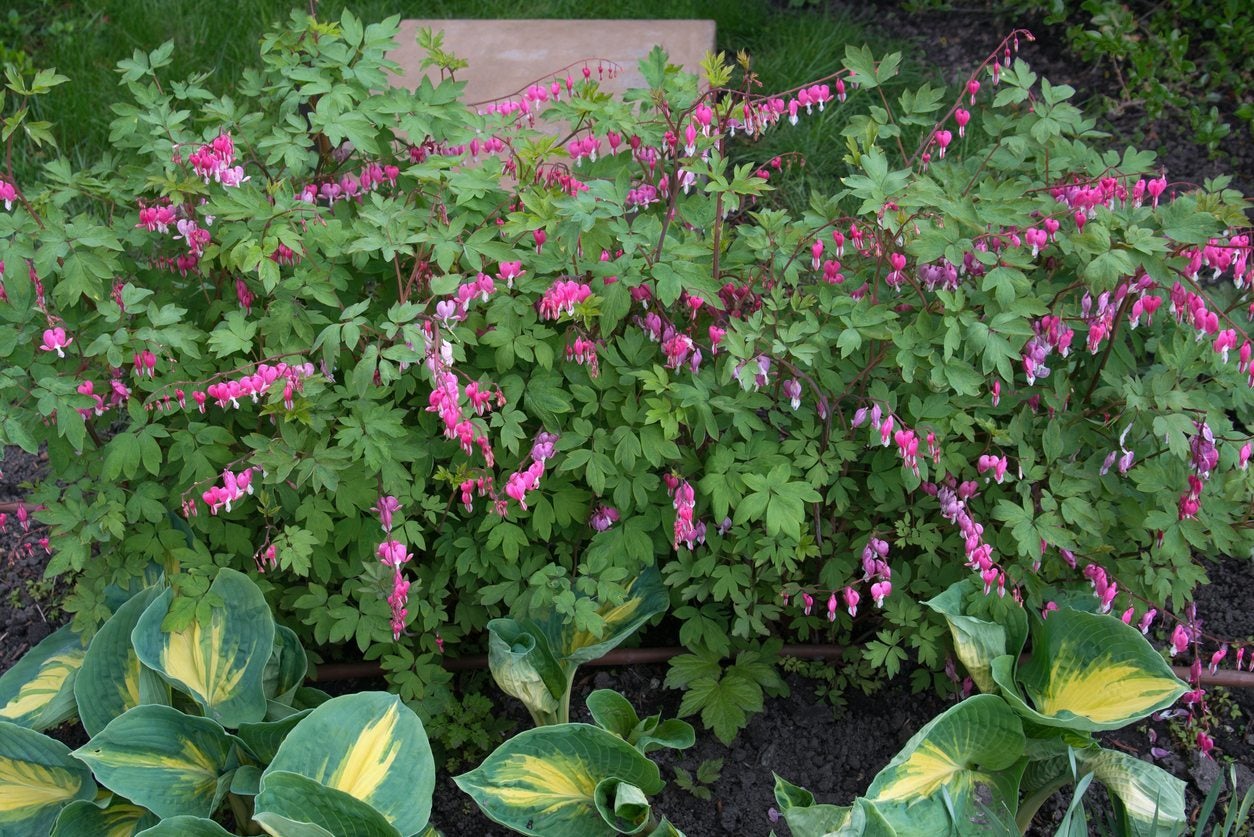 Bleeding Heart Diseases – Recognizing Diseased Bleeding Heart Symptoms
Bleeding Heart Diseases – Recognizing Diseased Bleeding Heart SymptomsBleeding heart (Dicentra spectablis) is a relatively hardy plant in spite of its lacy foliage and delicate, dangling blooms, but it can be plagued by a handful of diseases. Click on the following article to learn about common diseases of bleeding heart plants.
By Mary H. Dyer
-
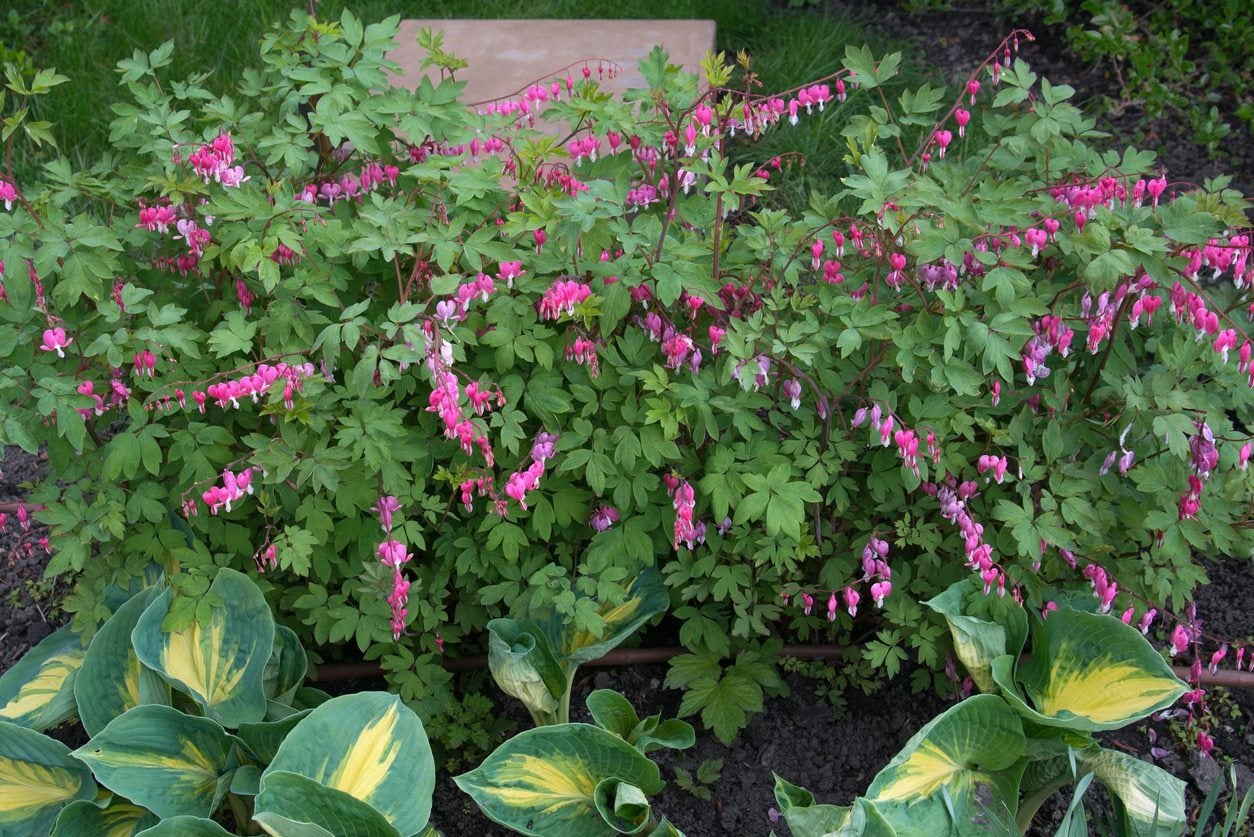 Caring For Bleeding Heart Transplants – How To Transplant A Bleeding Heart Plant
Caring For Bleeding Heart Transplants – How To Transplant A Bleeding Heart PlantGot a bleeding heart plant that always looks spindly, yellow and barely producing any flowers? If you find yourself in a circumstance like this and need to move a bleeding heart plant, then click on the article that follows for information on transplanting bleeding hearts.
By Darcy Larum
-
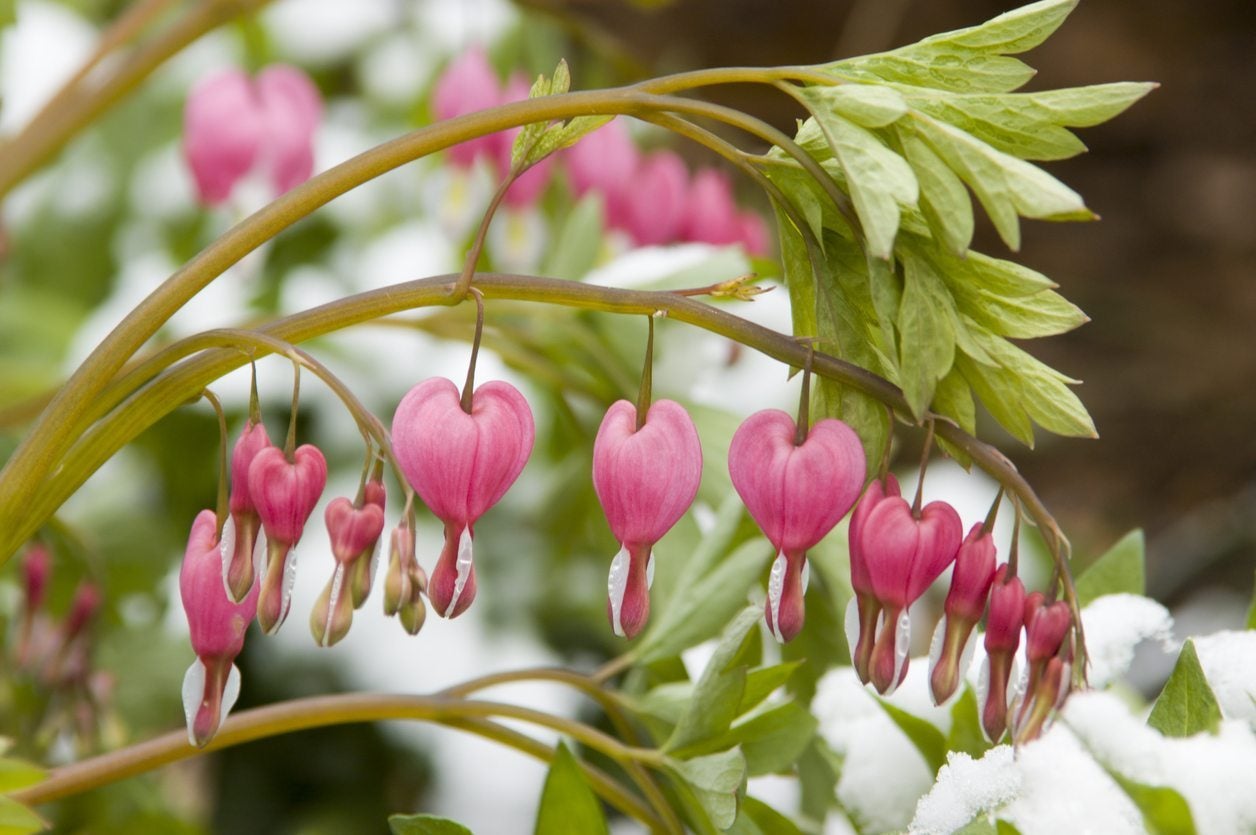 Winterizing A Bleeding Heart Plant – How To Overwinter A Bleeding Heart
Winterizing A Bleeding Heart Plant – How To Overwinter A Bleeding HeartBleeding heart bushes bring a colorful and Old World charm to any garden. But what should you do when temperatures start to drop? Click here to learn more about bleeding heart winter care and how to protect a bleeding heart during winter.
By Liz Baessler
-
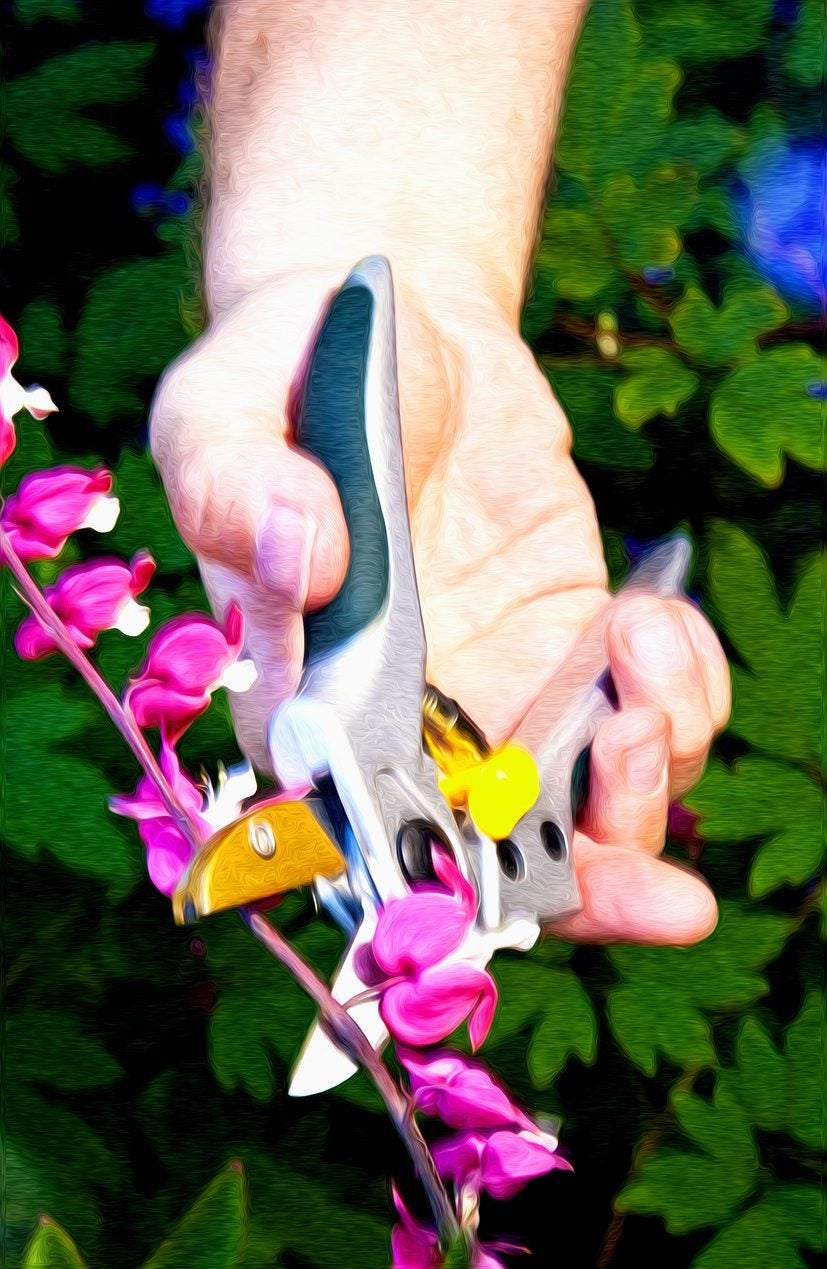 Tips For Bleeding Heart Pruning – How To Prune A Bleeding Heart Plant
Tips For Bleeding Heart Pruning – How To Prune A Bleeding Heart PlantBleeding heart plants are beautiful perennials that produce very distinctive heart-shaped flowers. But how do you keep one in check? Does it need regular pruning, or can it be allowed to grow on its own? Learn more about how and when to prune bleeding hearts here.
By Liz Baessler